Guest author Anne loves to cosy up near a roaring fire with her husband and their two cats. She loves all things lingerie and fills her spare time with embroidery and kayaking. You can see more of Anne’s personal lingerie collection on Instagram @silkandlaceandsecrets.
This is your ultimate guide to building a luxury lingerie collection.
This blog covers all aspects of the lingerie market, juxtaposing the tiniest of budgets with the most extravagant. We’ve shared tips for finding luxury lingerie for less, but we’ve also challenged ourselves to only purchase full-priced items. We’ve explained why it’s worth paying a premium for luxury and even discussed the other things included in the cost of a garment. Yet in all this, we’ve never talked about building a collection with intention. When you’re shelling out hundreds or even thousands, you want to be confident that you’ve made a savvy choice with your purchase.
Preparing to Start Your Lingerie Collection
First, it’s important to start with a clear vision. Think of luxury lingerie as an art form. When collecting artwork, people often build collections to express their personality. They may want to support independent creators, or to connect with a particular moment in history. I collect luxury lingerie for many reasons. For example, I love how luxury textiles make me feel. I also enjoy the hunt of searching for rare pieces. Once you understand your motivations, it will be easier to build a collection tailored to your goals.
I use the term “goals” to refer to the criteria by which you evaluate your potential purchases. For example, your goal might be to build a collection around a specific colour, material, or designer. I like to use annual challenges to shape my collection. One year, I focused on acquiring loungewear, such as bed jackets and slips. Another year, I only bought pieces from new designers. This year, I’m only adding white lingerie to my collection. Maybe you want to focus on lingerie produced by designers of colour, or you only want lingerie produced locally to you. Narrowing your parameters is a helpful way to structure your collection.
At this stage, it’s also important to assess your existing collection. What are your favourite pieces in your collection? Try to remember why you purchased the item. Ask yourself what you like about each garment – is it originality of design, construction techniques, the colours, or something else? Do you appreciate the ethics of the designer, or does the theme of the collection alter your perspective on the world? This strategy will help you shift your shopping habits toward only purchasing items you’ll love long term.
Another method to developing your aesthetic is to educate yourself about the different options in luxury lingerie. Try to learn about the different types of textiles, and what separates a fibre from a weave. Read interviews with independent designers. Visit online exhibitions and blogs dedicated to lingerie. Engage in digital exploration through social media. As you experience the depth of the lingerie community, you will train your mind and eye to gravitate toward the types of lingerie you most enjoy. You may find yourself drawn to the intricate appliqué of Merle Noir, the classic style of La Perla, or the more delicate embroidery of Tisja Damen. Your preferences are the springboard by which you shape your collection! There are many avenues within the lingerie community to find additional brand recommendations based on an aesthetic.
How to Buy Lingerie You Won’t Regret
It’s finally time to purchase new pieces! But we all know how difficult it can be to stick to your plan when faced with an unexpected sale, let alone a new product launch or inspiring social media campaign. Brands often use tactics such as creating a false sense of urgency to encourage impulse buys. Luckily, there are several strategies you can use to stay on track.
Plan your purchase: this is what wish lists are for! Before purchasing an item, I encourage you to really evaluate whether it fits within your goals and aesthetic. Purchase new garments for a reason – even if that reason is to try a new style. Evaluate any prospective piece by reading reviews from other consumers and paying careful attention to the reputation of the brand.
Pause before a purchase: make yourself wait a day or two once you’ve added a desired item to your cart. If you still want it when you wake up the next day, you’re probably not making an impulse buy.
Pick a budget (and stick to it!): it’s important to spend within your means. When all your favourite influencers are posting selfies in the same luxury set, it’s easy to get caught up in the hype and rush to purchase the same items, even if they don’t make sense for your budget, goals, or aesthetic. But it’s okay to not have the same set, at the same time, as everyone else. What matters is your long-term satisfaction with your luxury purchase and the financial sustainability of your shopping habits. Take your time to think each purchase through!
How to Make Collecting Lingerie More Affordable
Let’s talk a little more about that last point. As lingerie designer and expert Karolina Laskowska once wrote, “You don’t “deserve” luxury lingerie”. However, this doesn’t mean luxury lingerie is out of reach. How can you indulge your love of luxury lingerie if you’re working from a limited budget? Here are three options:
Choose quality over quantity: rather than purchasing lots of lower quality items, or lots of items on sale that you aren’t as smitten with, consider saving over a period of several months (or years) to afford a luxury piece you’ll truly love.
Sample sales: A sample sale is when a designer or brand offers items for a discounted rate. Sometimes these ‘samples’ are versions of the final design from the brainstorming process for a collection. Other times, they’re returns, or items that had slight defects in their production. Several luxury brands have had sample sales just recently, such as Angela Friedman, Adelle Bridges, Bordelle and Studio Pia. The best way to learn about upcoming sample sales is to subscribe to a brand’s email list and follow their social media.
Secondhand items: Depop, Poshmark, eBay and Instagram sellers’ pages are some of the more common online marketplaces for secondhand lingerie, which can often be found new with tags or only tried on once. When purchasing secondhand lingerie, look over the listing photographs carefully. Take note of any stains, snags, or marks not referenced in the item description. Look for listings that share photographs of the gusset and tag. You can message the seller to ask why they listed the item as well as to ask questions about its condition. However, there are some quirks to secondhand markets. For example:
- The names of popular luxury brands are sometimes used on items not from the brand; this is a technique to draw additional attention to a listing. For example, searching “Agent Provocateur” might pull up an item that’s actually by Studio Pia. So be sure you understand exactly what you’re buying.
- “ISO” means ‘in search of’. Items with this phrase in their description are not actually for sale.
- Instagram resellers may ask you to use less common forms of payment, like Wise or Zelle, so that they can minimise transaction fees from larger brokers such as Paypal. Always remember to read the terms of service and research the reputation of the company before using a new purchasing platform. Make sure you understand the buyer-seller protections of any platform you use!
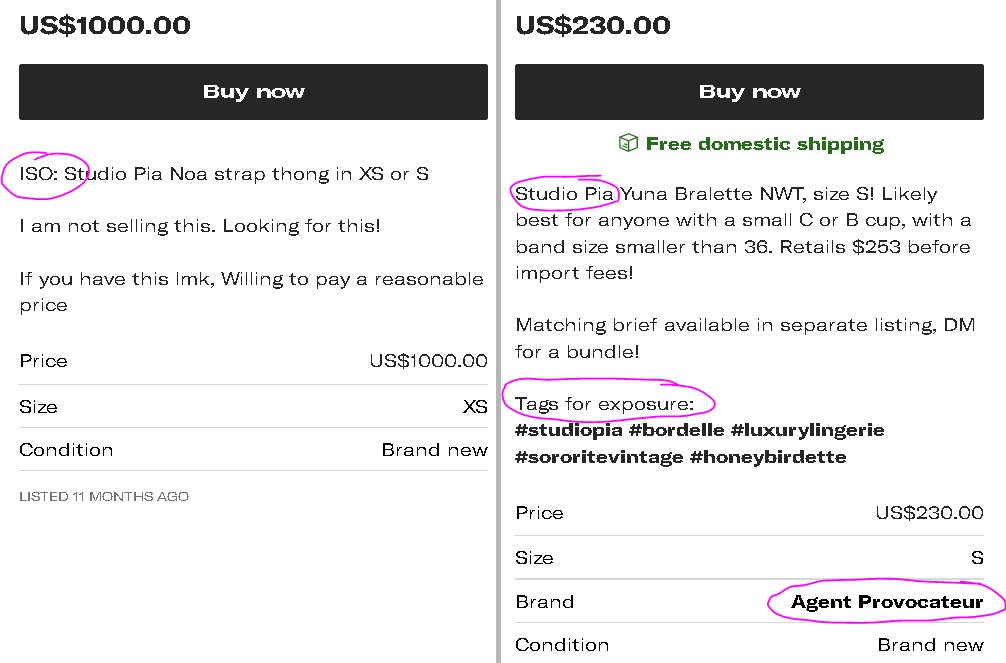
It can be difficult to determine when to splurge on a luxury lingerie piece. However, by considering your motivation, goals, and aesthetic, the pieces you choose for your collection will almost always be more fulfilling than an impulse purchase. Ultimately, a collection should bring the most joy possible to the collector.
Tell me about your favourite pieces! Do you have any other tips for new lingerie collectors?
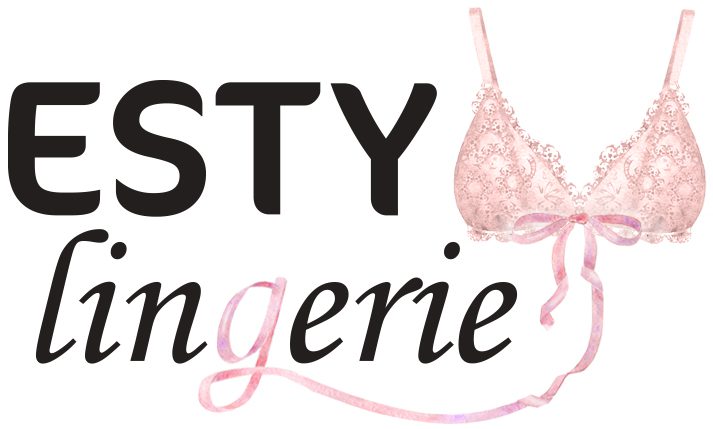
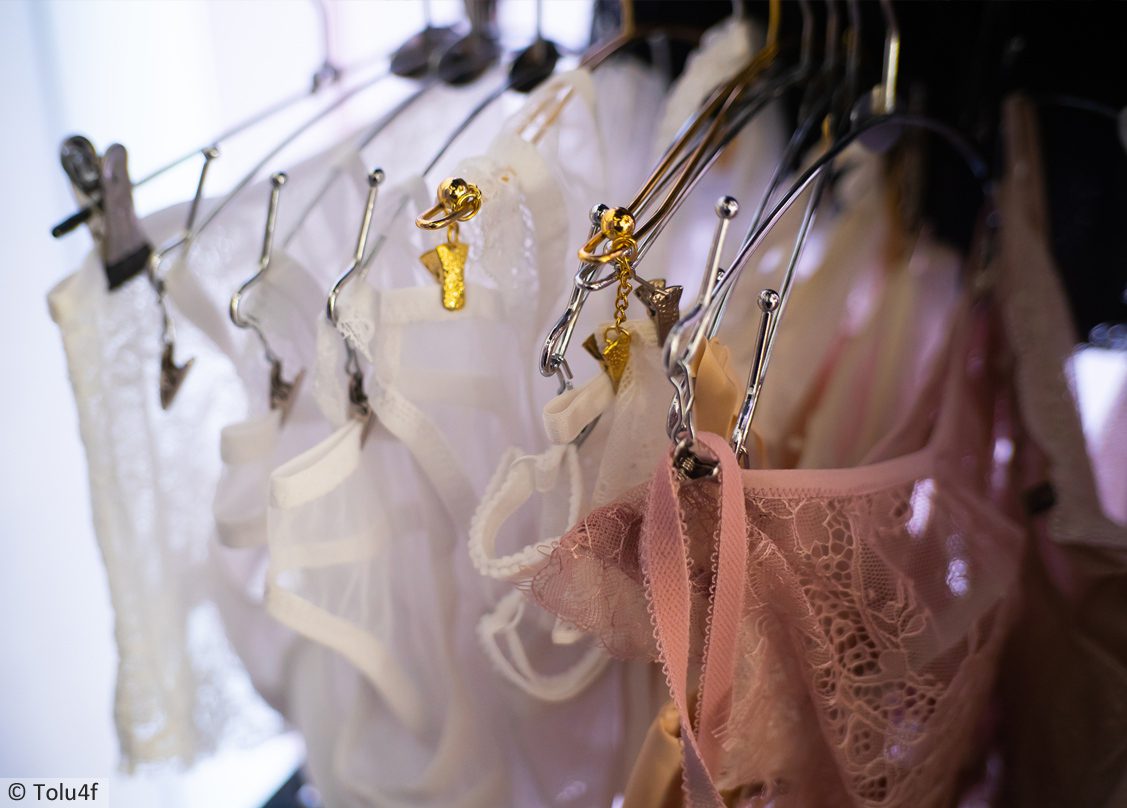
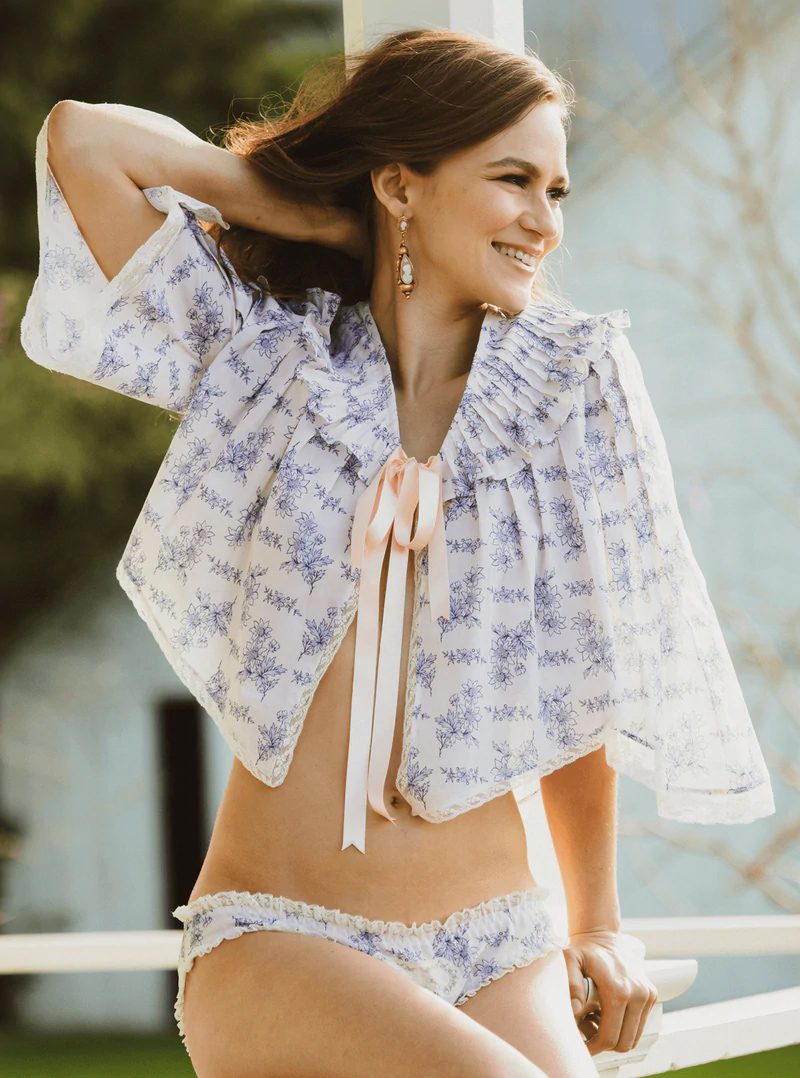
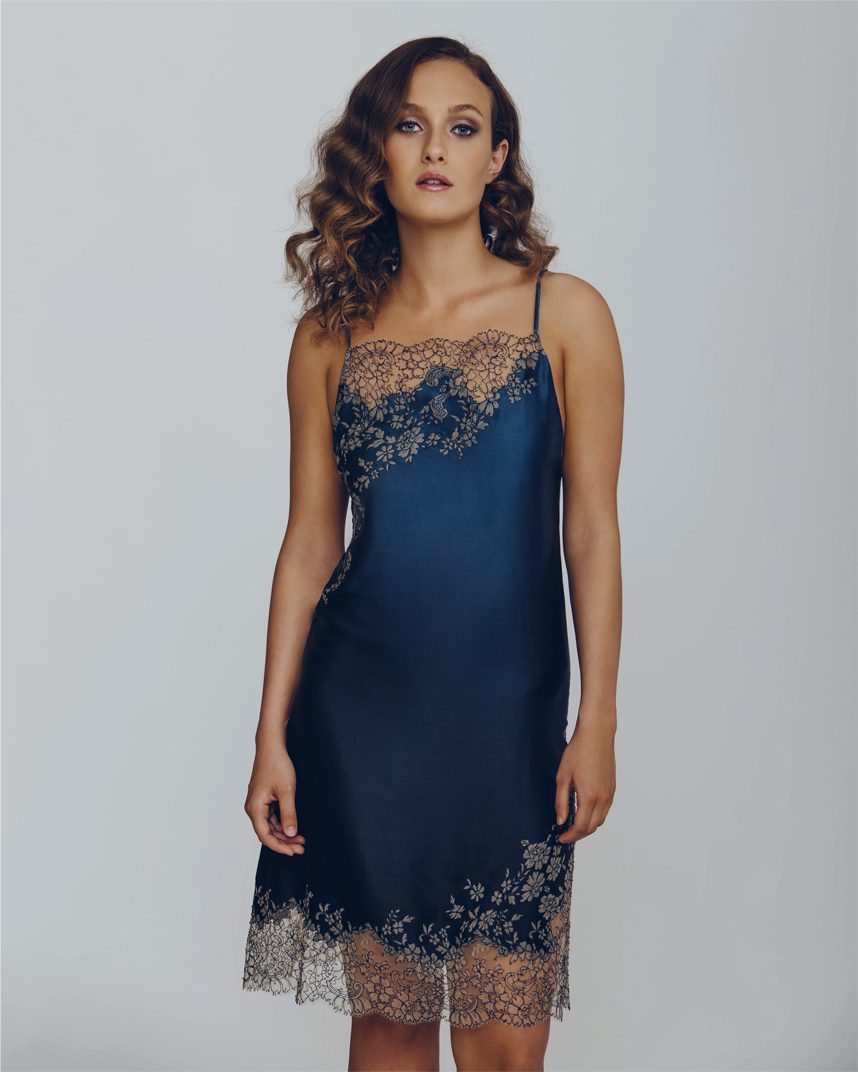
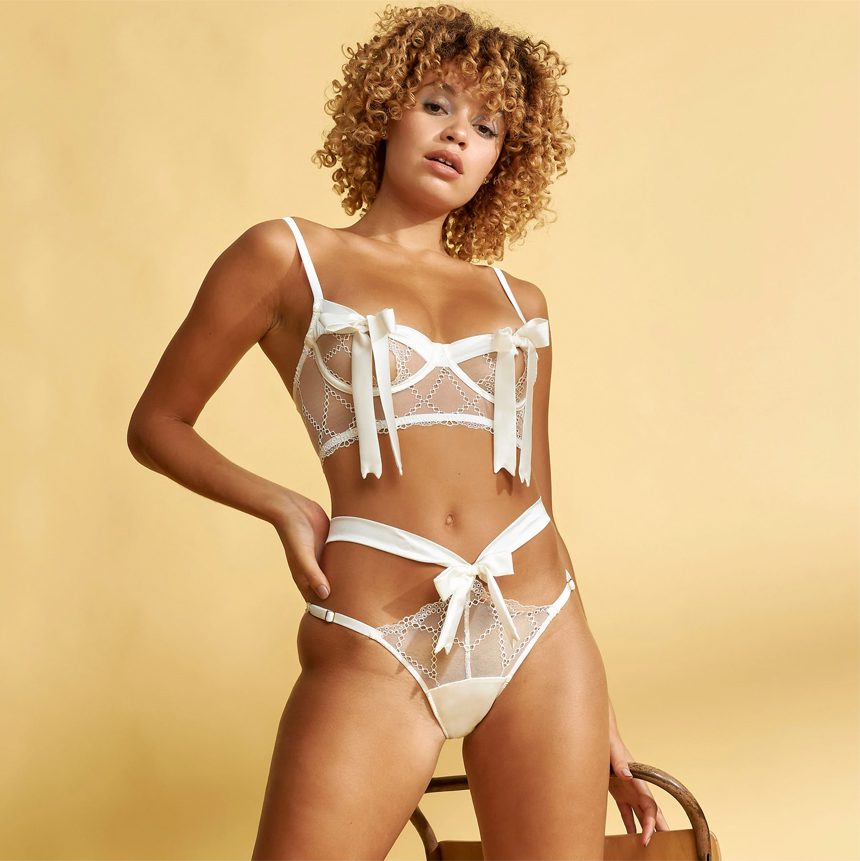
3 comments
Personnally, once I had decided to begin my luxury lingerie collection and bought my forst pieces, I decided to set “rules” to myself, to make it as worth it as possible for me, and also to avoid getting distracted by all things shiny and new.
I for now have two colours I can buy, mainly with gold hardware except for leather that can be with gold or silver hardware, I have a (growing) list of brand I want to buy from and brands I don’t want to buy from at all. As my weight changes with time, adjustability is a must, also if I get a piece that doesn’t fit right I should not keep it “in the hopes that it fits one day”.
I love to mix and match, and I am also fond of harnesses and bondage-inspired pieces, so when I buy a piece or add it to my wishlist, I categorise it mentally as a “base set (basic bra+bottom for example), or as an “layering” set (like harnesses for ex.), and sometimes they fall into both at once (like ouvert pieces for ex.). This helps me imagine how I can wear it with other pieces, and also it helps me chose in which order I want to buy items (if I already have a black “layering” top piece, I might wait to get a new one, even if the design is different, and buy the coloured “base” set I want first).
Also, if I like an ensemble, my rule is to buy it all together at once or not buy it at all, because the hunt for the missing brief/bra in my size is too much energy from me. (I currently have one piece I am looking for to finish a set and it’s killing me!!!)
And I don’t really prioritise diverdity in my purchases, if I like a fabric I will probably buy a lot of pieces in that fabric, same if I like a cut, I might get it in another colour or even buy 2 of the same item I like. But the idea is that the different ways of building my looks make it feel very varied (to me at least!), and I am sure to love a new purchase if it is based on something I already liked from the same brand/line/fabric/cut/etc…
And the day I will have “enough pieces” in black and dark red (my two current colours) I will allow me a new one, that I can mix with at least one of these colours! (Thinking about royal blue to mix with the black, or Caramel to mix with both)
Another advice, if your piece of dreams isn’t available in your size, or in the colour you’d wish, or it has a detail that’s not exactly right for you, I would advise to avoid buying it with that “problem”, and try to get it custom made if possible. If you get it with the “problem”, you might be frustrated even if you have it, so you’ll always want “more” from it, in my experience, and this is not the feeling you want from your dream purchase.
So many great tips here – thanks for adding them! I like the idea of starting your collection with a narrow colour palette if you want to be able to easily mix-and-match/accessorise them to get more looks from fewer pieces.
I love the attention to detail in crafting your collection! Hardware and complimentary colors are such useful guidelines to shaping your purchases. I also love your description of layering versus base sets.